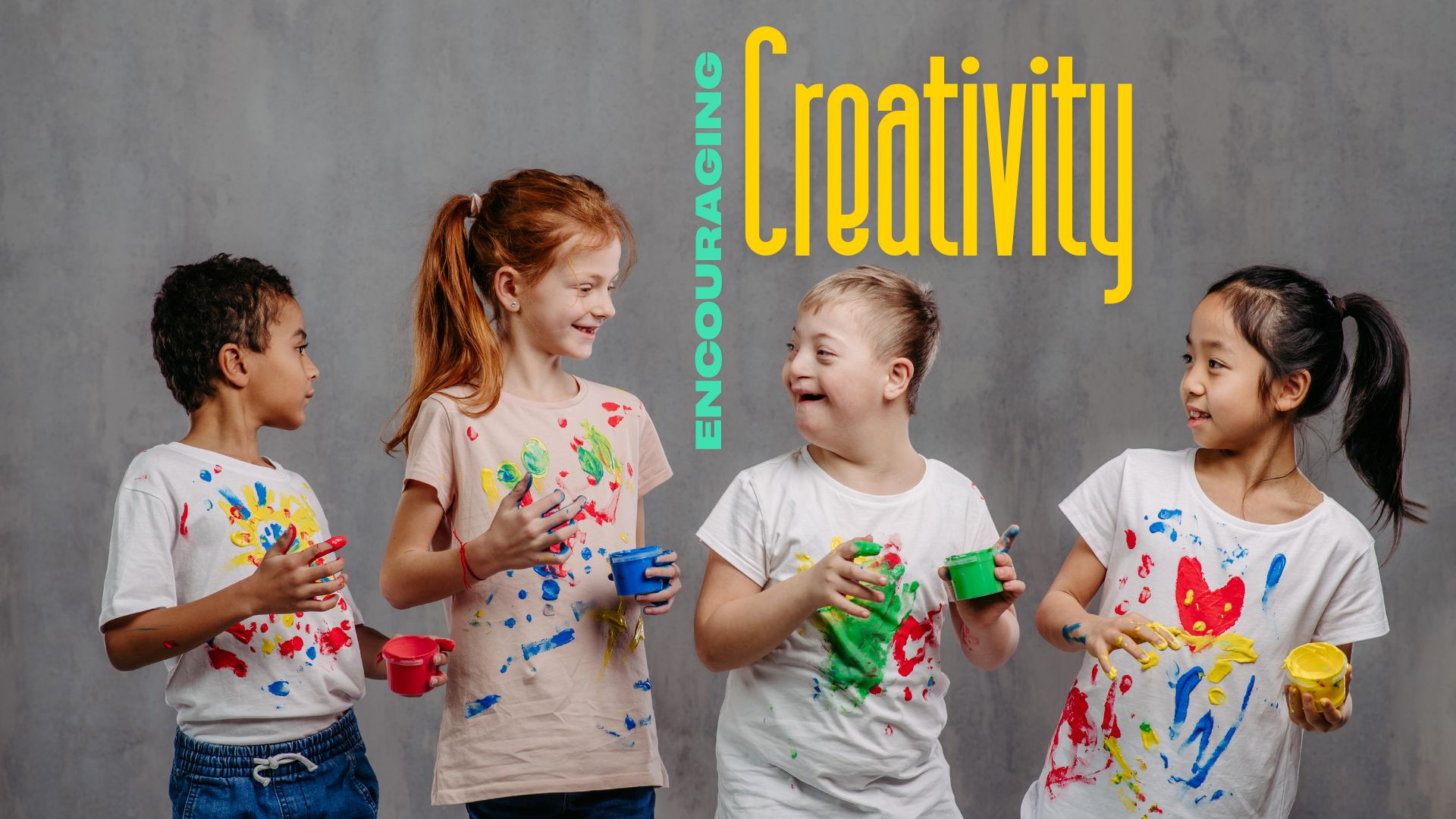Latest From Upschool
- How to Stop Kids’ Meltdowns and Gain Their Cooperation
- Making Big Decisions When You and Your Co-Parent Disagree
- Building Your Child’s Self Esteem
- Separation Anxiety & Starting School
- Why Parents Should Listen to Kids
- How To Raise Emotionally Intelligent Children
- How to Combat End of Year Fatigue
- Navigating Technology and Kids: A Guide for Parents
-
-
No videos yet!
Click on "Watch later" to put videos here
- View all videos
-
-
-
Don't miss new videos
Sign in to see updates from your favourite channels
-

Fostering creativity in children begins with creating an environment where they feel safe to express themselves without fear of judgment. This means allowing them the freedom to explore their thoughts and ideas, even if they seem unconventional. Encourage open-ended play, where there is no right or wrong way to engage with toys or activities. For example, building blocks don't always have to create a structure; they can become anything your child imagines. The key is to let them lead in their play, giving them the space to think creatively and explore different possibilities.
Another crucial aspect is exposing children to a wide range of experiences and materials. Take them to museums, nature walks, or simply let them experiment with art supplies, musical instruments, or building materials. These experiences can spark new ideas and encourage them to think outside the box. The goal is not to direct them towards a specific outcome but to allow them to discover what interests them and to explore those interests in depth.
Creativity also thrives when children are encouraged to ask questions and solve problems in their own way. Rather than providing immediate answers, parents can encourage their children to think through problems and come up with solutions. This could be as simple as letting them figure out how to build a fort with blankets or how to create a story around their favorite toy. By allowing them to navigate challenges on their own, you are helping them develop critical thinking skills and a creative approach to problem-solving.
It’s equally important to celebrate the process of creation, not just the final product. Praise your child’s effort, imagination, and the unique way they approach tasks. This helps them build confidence in their creative abilities and reinforces the idea that their ideas are valuable. Avoid focusing solely on outcomes or perfection, as this can stifle creativity and lead to a fear of failure.
Lastly, as a parent, model creativity in your own life. Let your child see you engaging in creative activities, whether it’s cooking a new recipe, gardening, painting, or writing. Share your creative processes and challenges with them, showing that creativity is a lifelong skill that is fun, rewarding, and always evolving. When children see creativity as a normal part of daily life, they are more likely to embrace it on their own.




